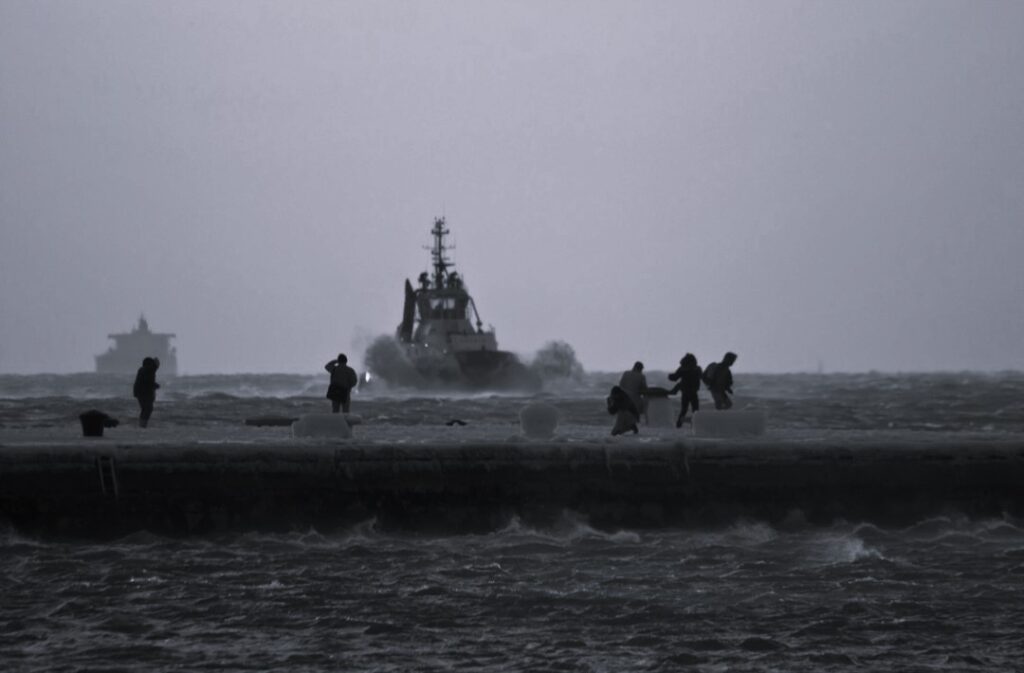When The Killing began airing on BBC Four in 2011, international audiences were first introduced to “Nordic noir” — a genre of Scandinavian crime fiction characterized by gritty realism and acute social commentary. Although the genre traces its origins to Scandinavian crime literature of the 1990s, Nordic noir quickly found its footing in the Scandinavian film and television industry. Scandi noir has become the region’s widest-reaching cultural export since ABBA, but reflects, perhaps, a deeper truth about Nordic politics than “Dancing Queen.”
But what is it about Nordic noir that differentiates it from, say, the American cop show or the English murder mystery? While all three may reveal individual perspectives on each country’s understanding of crime and justice, only the Scandinavian format has achieved such global interest.
The typical Scandi crime drama distinguishes itself through two characteristics: its attitude and social awareness. Scandinavia’s cold climate, its Viking past and strong intellectual and philosophical history have led to a perception of its people as rude, unfeeling and overly blunt. Scandinavian noir seems to reflect, at least, the sharpness of Nordic social interaction. The Economist described the Nordic style as “realistic, simple and precise… and stripped of unnecessary words” in 2010 as the genre first crossed international borders.
This lack of verbosity produced by a difference in cultures (did you know Norwegian has no direct translation for please?) means the genre’s approach to social politics becomes similarly candid. Nordic noir is almost always set in the present day, generally situated in recognizable regional landscapes (be it a capital city or a generalized vision of a small town), and often deals explicitly with contemporary sociopolitical issues facing Scandinavia.
Denmark’s The Killing tackles corruption in the Danish government. Sweden’s Caliphate follows the story of three Swedish teenagers recruited into a terrorist organization, and Norway’s Occupied imagines a world in which Russia invades Norway, throwing the world into political chaos.
While the genre’s taste for murder and violent crime may heighten the dramatic tension, it is the reactions of its characters and the repercussions these incidents cause that reveal the realities of the sociopolitical landscape of Scandinavia. Norway’s Seizure, for example, revolves around the mysterious deaths of four immigrant boys — a failure of progressive society that shocks the two detectives assigned to the case to the point of physical and mental deterioration. This emphasis on the everyday effects of violence on a community is one of Nordic noir’s most recognizable features.
Like Seizure, most shows in the Nordic noir genre spend a considerable amount of time on the emotional ramifications of losing a loved one, contrasting with the more logistical focus American detective shows tend to take. While British and American shows tend to center the process of uncovering whatever mystery is being investigated, Nordic noir seeks to understand the toll that mystery — and its inevitable conclusion — will have on anyone and everyone involved.
Scandinavian dramas tend to dwell on events through slow-paced, dramatic reflections on individual and collective morality stretched out across multiple episodes. The initial popularity of The Killing and the Danish/Swedish collaboration The Bridge in the early 2010s eased British and American audiences into this format. In 2013 alone, three Norden-inspired shows (Mayday, Broadchurch, and The Crash) premiered on mainstream British television. Together, they proved that big-name production companies like ITV and the BBC were finally willing to affiliate themselves with slow-moving serialized dramas.
“Scandi-mania” has also prompted dozens of international remakes — shows which, with varying degrees of success, attempt to retain the dark realism of Nordic noir while at the same time translating across cultural specificities. While it wouldn’t be considered an example of “Nordic noir” as such, the popular Norwegian teen drama SKAM has seen seven remakes across Europe and the US.
SKAM was praised for its realistic depiction of teenhood, which was emphasized by the show’s unusual format. Clips were posted online at the same time as they would’ve occurred in the timeline of the show, and each character was given a social media account that posted in real time. Though not a crime drama, this heightened sense of realism draws comparisons to Nordic Noir — along with the fact that both were able to establish a unique format that quickly became an international phenomenon.
Despite the fact that Scandinavians are often stereotyped as being overly blunt, it’s exactly this type of candor that was able to set the stage for some of the region’s most creative endeavors. Realism seems to be the greatest tool of Scandinavian cinema — from its legacy of radical realist filmmaking (see: Denmark’s Dogma 95 movement) to the contemporary TV dramas taking over the international market, Scandinavia has been able to introduce a level of authenticity to mainstream media previously unseen.







